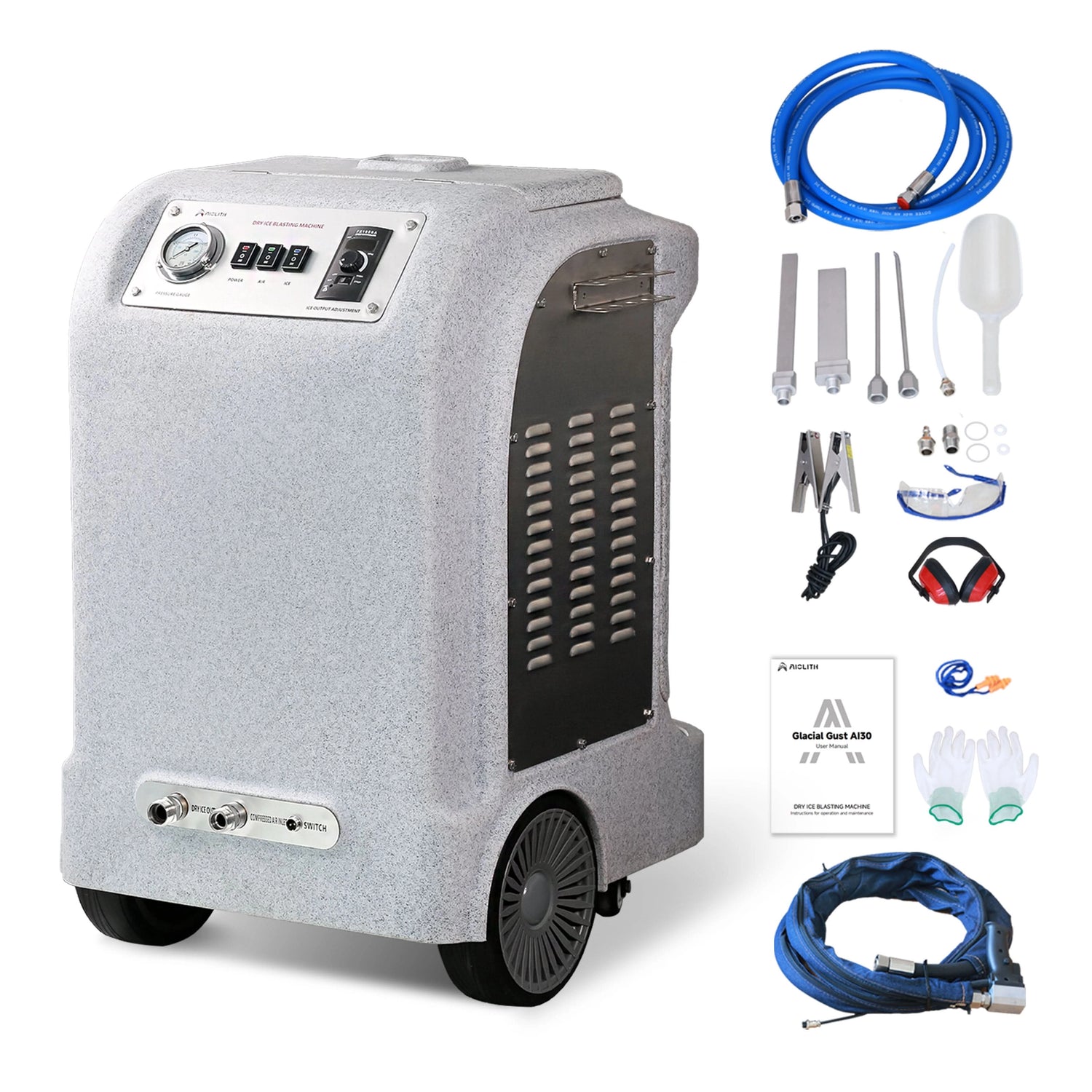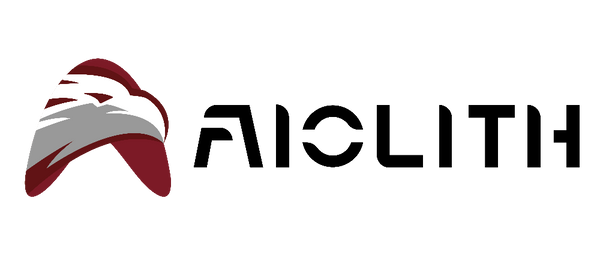Why Are My Floors Still Dirty After Mopping? (🎧 Listen Now)
Share
The Pain Point: Hours of Mopping With No Results
It’s a familiar frustration: you mop diligently, expecting a spotless finish, only to see streaks, dullness, or sticky patches once the floor dries. The truth is, mopping often spreads dirt instead of removing it, especially in high-traffic commercial areas.
According to the Centers for Disease Control and Prevention (CDC, 2020), floors in healthcare and business environments require effective cleaning methods to reduce bacteria and prevent slip hazards (CDC Source). Traditional mopping rarely meets these standards.
This is where Aiolith commercial scrubbers (priced between $4,000–$6,000) become the better choice, ensuring deep cleaning with efficiency and safety.
7 Reasons Your Floors Still Look Dirty After Mopping
- Using Dirty Water
If you don’t change mop water frequently, you’re just redistributing dirt.
- Old or Worn-Out Mop Heads
Mop fibers trap grease and bacteria, making floors look streaky.
- Wrong Cleaning Solution
Dish soaps or harsh detergents leave residue that attracts more dirt.
- Too Much Water
Excess water soaks grout and wood, leaving behind stains and warping.
- Not Pre-Sweeping
Dust and debris mixed with water create mud-like streaks.
- Inefficient Drying
Air-dried floors often show water spots and streaks.
- High-Traffic Contamination
In commercial spaces, people re-soil the floor before it dries.
Why Mopping Fails in Commercial Settings
Mopping may work at home, but in restaurants, hospitals, warehouses, and schools, it’s highly inefficient. Studies show that mopping leaves behind 30–40% of surface dirt because it lacks mechanical scrubbing power (Journal of Environmental Health, 2019) (Journal Link).
This means businesses face higher risks of slip accidents, poor hygiene, and wasted labor hours.
How Aiolith Scrubbers Solve the Problem
Unlike mops, Aiolith scrubbers are designed for deep and consistent cleaning.
Key Features of Aiolith Machines:
- Dual-Brush System: Removes dirt and grease effectively.
- Low-Foam Detergent Compatibility: Prevents residue buildup.
- Water Recovery Technology: Extracts dirty water immediately.
- Adjustable Brush Pressure: Adapts to tile, vinyl, concrete, and hardwood.
- Quick-Dry Function: Leaves floors dry in minutes, minimizing slip risks.
Comparison: Mopping vs. Aiolith Scrubbing
| Factor | Traditional Mopping | Aiolith Scrubber |
|---|---|---|
| Cleaning Efficiency | 60–70% dirt removal | 95–99% dirt removal |
| Labor Time (5,000 m²) | 40–50 hours per week | 8–10 hours per week |
| Annual Labor Cost | $60,000+ | $25,000–$30,000 |
| Slip & Safety Risk | High | Very Low |
| Chemical Residue | Frequent | Minimal |
| ROI Timeline | None | 18–24 months |
The Cost of “Dirty-Clean” Floors
Even if floors look clean after mopping, hidden dirt and bacteria remain. The National Institute for Occupational Safety and Health (NIOSH, 2021) warns that poor cleaning practices contribute to workplace illnesses and higher absenteeism (NIOSH Source).
For businesses, this means:
- Higher liability from slip accidents
- Negative customer impressions
- Increased long-term cleaning costs
Best Practices to Avoid Dirty Floors After Mopping
- Sweep or vacuum before mopping.
- Change mop water frequently.
- Use microfiber mop heads instead of cotton.
- Avoid dish soap—use pH-neutral floor cleaners.
- Dry floors immediately after cleaning.
- For commercial use, invest in an Aiolith scrubber.
Environmental Benefits of Aiolith Machines
Mopping often uses more water and chemicals than necessary. By contrast, Aiolith scrubbers feature eco-dosing technology, reducing detergent use by up to 40%.
The European Chemicals Agency (ECHA, 2022) recommends automated scrubbers as a more sustainable option than manual cleaning in high-traffic environments (ECHA Source).
FAQs: Why Floors Stay Dirty After Mopping
Q1: Why does my floor feel sticky after mopping?
A: Using too much soap or dirty water leaves behind residue that traps dirt.
Q2: Can mopping alone disinfect a floor?
A: No. Mops spread bacteria unless paired with the right disinfectant and method.
Q3: Is a floor scrubber better than a mop?
A: Yes. Scrubbers clean more deeply, extract dirty water, and leave surfaces dry.
Q4: Are Aiolith scrubbers worth the $4,000–$6,000 investment?
A: Absolutely. They save labor, reduce liability, and pay for themselves in under two years.
Q5: What type of cleaner should I use in a scrubber?
A: Always use low-foam, commercial-grade detergents designed for scrubbers.
Conclusion: From Frustration to Spotless Floors
If you’ve ever asked yourself, “Why are my floors still dirty after mopping?”, the answer lies in the limitations of traditional methods. Mopping pushes dirt around, leaves residue, and wastes time.
For homes, small improvements can help. But for businesses managing large, high-traffic floors, the smartest move is upgrading to an Aiolith commercial scrubber. These machines deliver consistent, safe, and cost-efficient results that mopping simply can’t achieve.
References
Centers for Disease Control and Prevention (CDC). (2020). Environmental cleaning and disinfection guidelines. Read here.
Journal of Environmental Health. (2019). Comparing manual vs. mechanical floor cleaning efficiency. Read here.
National Institute for Occupational Safety and Health (NIOSH). (2021). Workplace cleaning safety recommendations. Read here.
European Chemicals Agency (ECHA). (2022). Cleaning product sustainability regulations. Read here.

